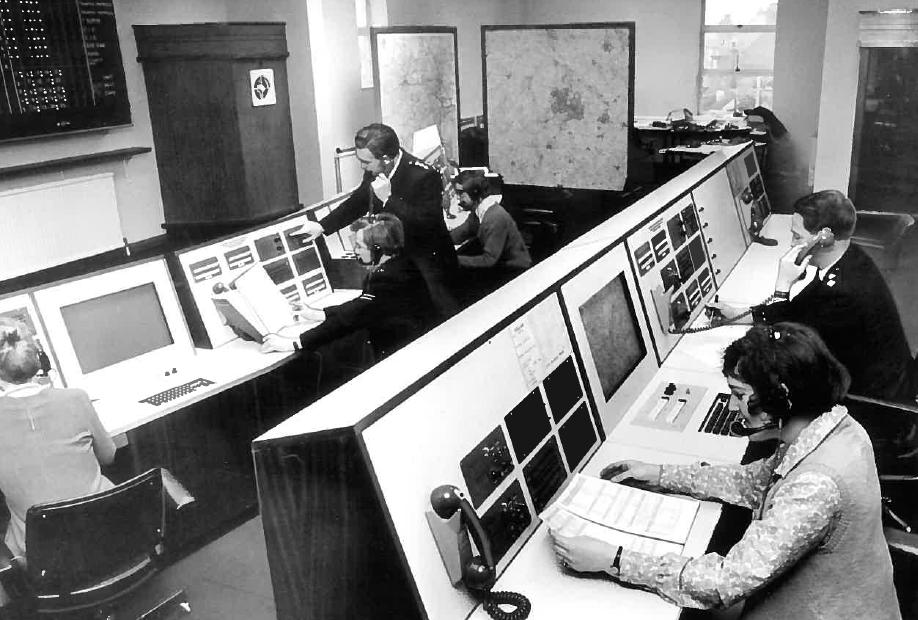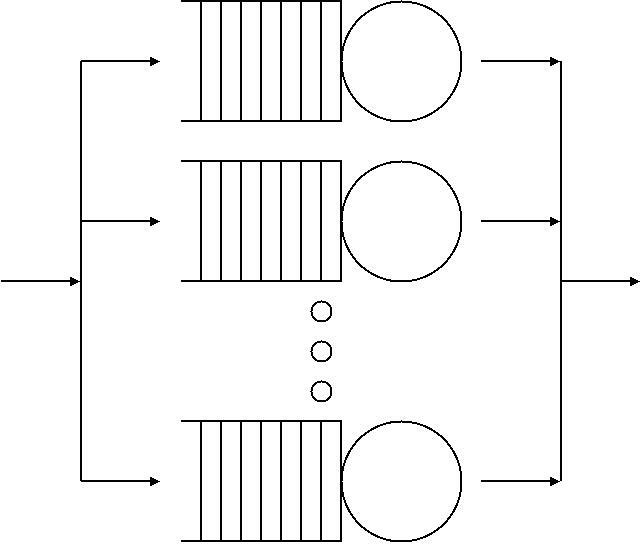|
Skills Based Routing
Skills-based routing (SBR), or skills-based call routing, is a call-assignment strategy used in call centres to assign incoming calls to the most suitable agent, instead of simply choosing the next available agent. It is an enhancement to the automatic call distributor (ACD) systems found in most call centres. The need for skills-based routing has arisen as call centres have become larger and dealt with a wider variety of call types. In the past, agents answering calls were generally able to be assigned to only one queue taking one type of call. This meant that agents who could deal with a range of call types had to be manually reassigned to different queue at different times of the day to make the best use of their skills, or face being exposed to a wide variety of calls for which they were not trained. With skills-based routing, the skills needed for a particular call are often assessed by the dialled telephone number and the calling number or caller's identity, as well as choices ... [...More Info...] [...Related Items...] OR: [Wikipedia] [Google] [Baidu] |
Call Center
A call centre (English in the Commonwealth of Nations, Commonwealth spelling) or call center (American English, American spelling; American and British English spelling differences#-re, -er, see spelling differences) is a managed capability that can be centralised or remote that is used for receiving or transmitting a large volume of enquiries by telephone. An inbound call centre is operated by a company to administer incoming product or service support or information inquiries from consumers. Outbound call centres are usually operated for sales purposes such as telemarketing, for solicitation of charitable or political donations, debt collection, market research, emergency notifications, and urgent/critical needs blood banks. A contact centre is a further extension of call centres telephony based capabilities, administers centralised handling of individual communications, including Letter (message), letters, faxes, live support software, social media, instant message, and email ... [...More Info...] [...Related Items...] OR: [Wikipedia] [Google] [Baidu] |
Automatic Call Distributor
An automated call distribution system, commonly known as automatic call distributor or automatic call dispatcher (ACD), is a telephony device that answers and distributes incoming calls to a specific group of terminals or agents within an organization. ACDs direct calls based on parameters that may include the caller's telephone number, the number they dialed, the time of day or a response to an automated voice prompt. Advanced ACD systems may use digital technologies such as computer telephony integration (CTI), computer-supported telecommunications applications (CSTA) or IVR as input to determine the route to a person or voice announcement that will serve the caller. Experts claim that "the invention of ACD technology made the concept of a call centre possible." Background A Private Branch Exchange (PBX) is a telephone exchange device that acts as a switchboard to route phone calls within an organisation. This technology developed into Automated Call Distribution systems using ... [...More Info...] [...Related Items...] OR: [Wikipedia] [Google] [Baidu] |
Queueing Theory
Queueing theory is the mathematical study of waiting lines, or queues. A queueing model is constructed so that queue lengths and waiting time can be predicted. Queueing theory is generally considered a branch of operations research because the results are often used when making business decisions about the resources needed to provide a service. Queueing theory has its origins in research by Agner Krarup Erlang, who created models to describe the system of incoming calls at the Copenhagen Telephone Exchange Company. These ideas were seminal to the field of teletraffic engineering and have since seen applications in telecommunications, traffic engineering, computing, project management, and particularly industrial engineering, where they are applied in the design of factories, shops, offices, and hospitals. Spelling The spelling "queueing" over "queuing" is typically encountered in the academic research field. In fact, one of the flagship journals of the field is '' Queue ... [...More Info...] [...Related Items...] OR: [Wikipedia] [Google] [Baidu] |
Operations Research
Operations research () (U.S. Air Force Specialty Code: Operations Analysis), often shortened to the initialism OR, is a branch of applied mathematics that deals with the development and application of analytical methods to improve management and decision-making. Although the term management science is sometimes used similarly, the two fields differ in their scope and emphasis. Employing techniques from other mathematical sciences, such as mathematical model, modeling, statistics, and mathematical optimization, optimization, operations research arrives at optimal or near-optimal solutions to decision-making problems. Because of its emphasis on practical applications, operations research has overlapped with many other disciplines, notably industrial engineering. Operations research is often concerned with determining the extreme values of some real-world objective: the Maxima and minima, maximum (of profit, performance, or yield) or minimum (of loss, risk, or cost). Originating in ... [...More Info...] [...Related Items...] OR: [Wikipedia] [Google] [Baidu] |
Erlang-C
The Erlang distribution is a two-parameter family of continuous probability distributions with support x \in exponential distribution">exponential variables with mean 1/\lambda each. Equivalently, it is the distribution of the time until the ''k''th event of a Poisson process with a rate of \lambda. The Erlang and Poisson distributions are complementary, in that while the Poisson distribution counts the events that occur in a fixed amount of time, the Erlang distribution counts the amount of time until the occurrence of a fixed number of events. When k=1, the distribution simplifies to the exponential distribution. The Erlang distribution is a special case of the gamma distribution in which the shape of the distribution is discretized. The Erlang distribution was developed by Agner Krarup Erlang, A. K. Erlang to examine the number of telephone calls that might be made at the same time to the operators of the switching stations. This work on telephone Teletraffic engineerin ... [...More Info...] [...Related Items...] OR: [Wikipedia] [Google] [Baidu] |

